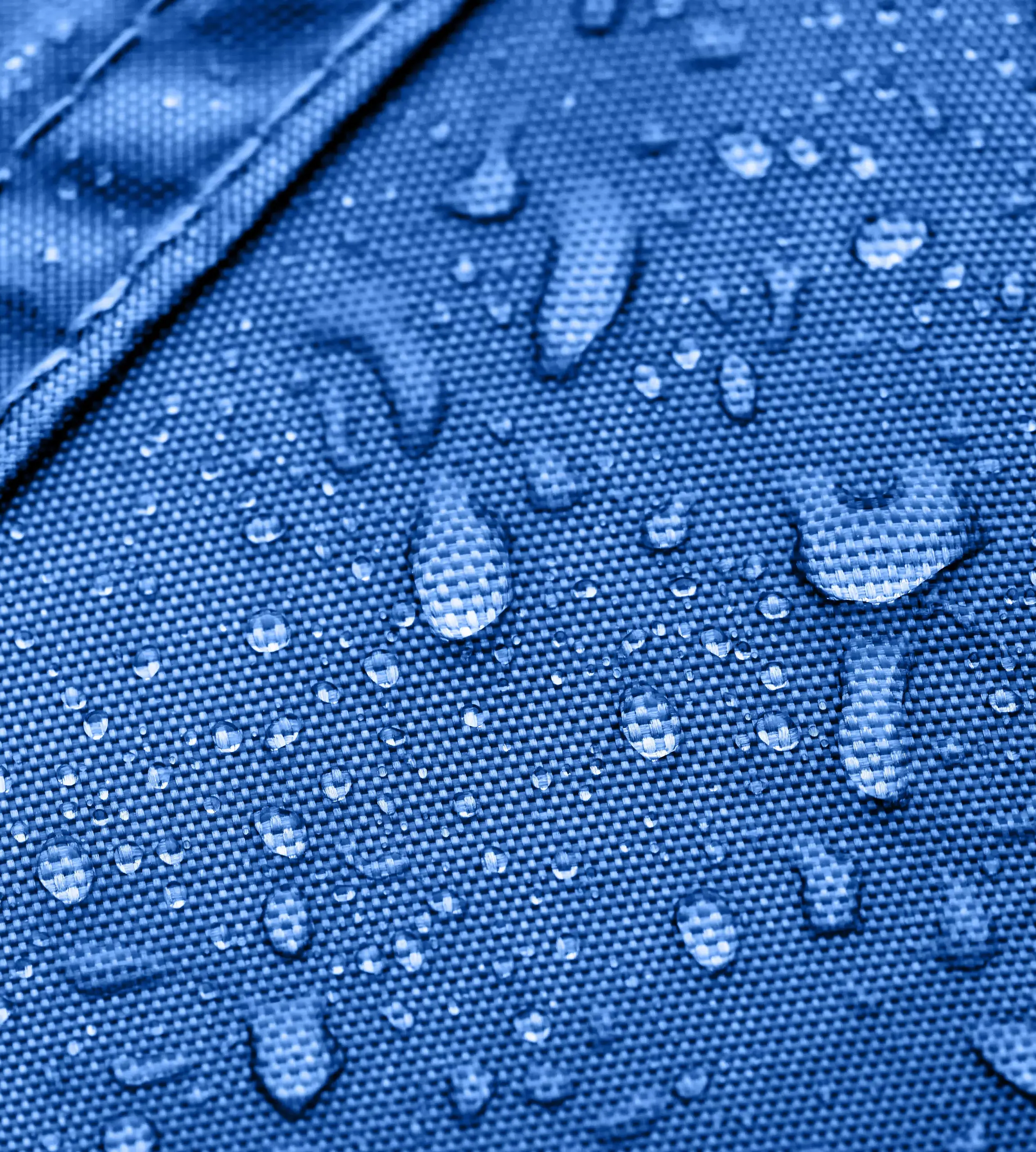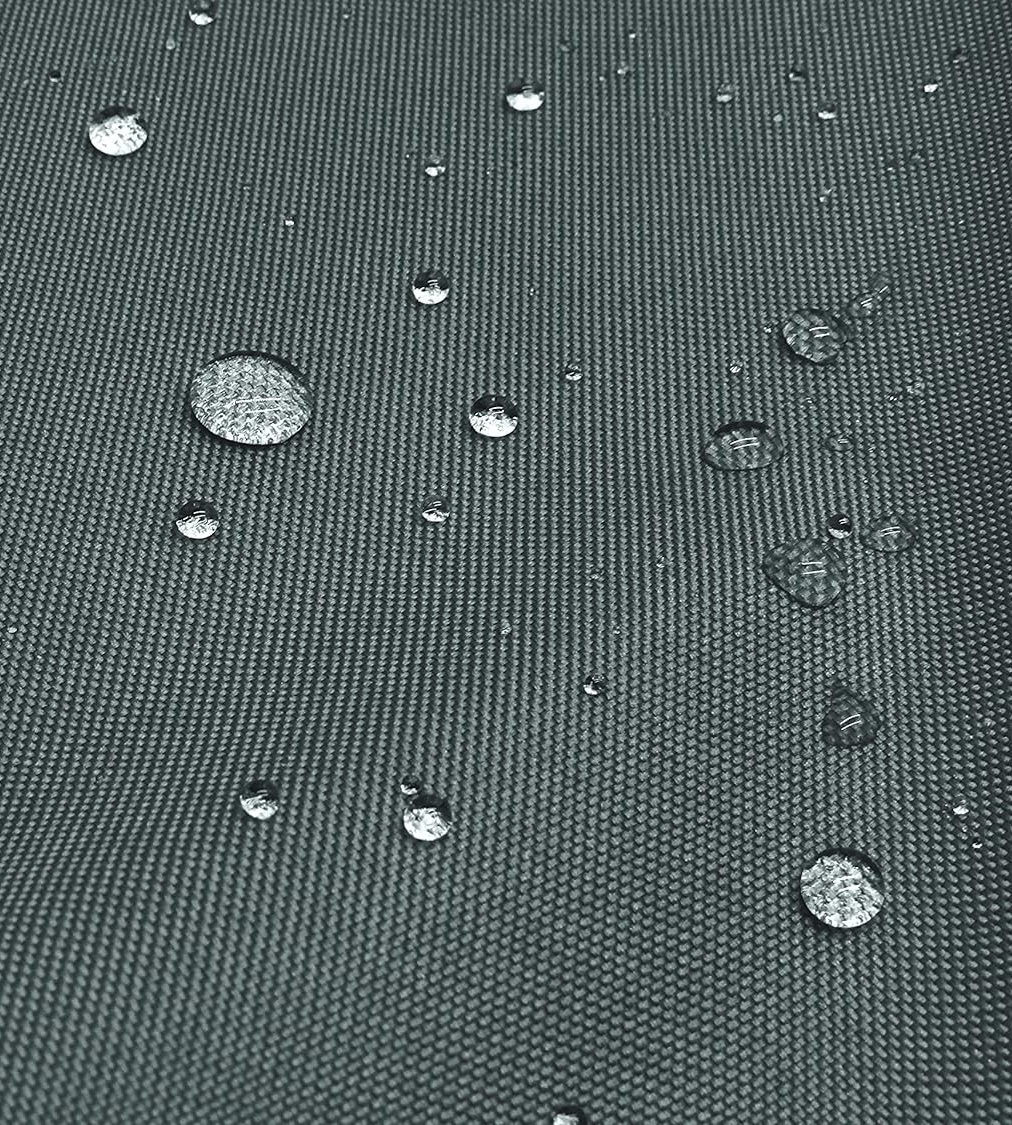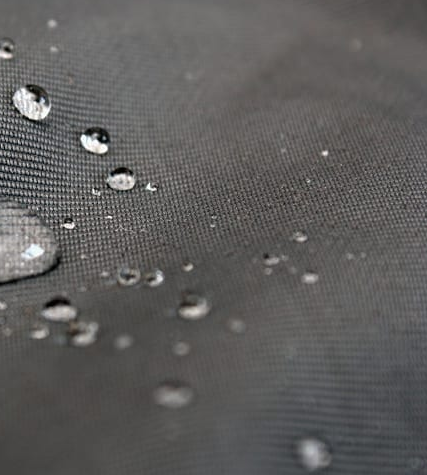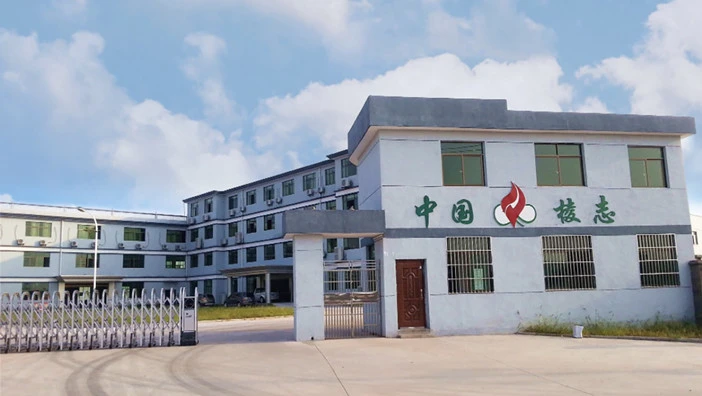Tel: 0086769-23187408
Email: [email protected]
Tel: 0086769-23187408
Email: [email protected]

The waterproof fabric provides good moisture protection, allowing outdoor enthusiasts to stay dry and comfortable in all weather conditions. Whether it's a waterproof jacket to keep out the rain, a tent to withstand a downpour, the application benefits of waterproof fabrics ensure durability, reliability and enhanced performance.

NIZE offers waterproof fabric designed to resist moisture in challenging environments. Engineered for manufacturers of tents, bags, and gear, our material maintains dryness and structural integrity under continuous exposure.

Weight matters in portable gear. NIZE offers lightweight waterproof fabric without compromising on strength or water resistance, allowing flexibility in design for clothing, bags, and outdoor equipment.

NIZE provides industrial-grade waterproof fabric tailored for performance applications. This fabric delivers high durability, strong tensile strength, and moisture resistance, making it ideal for technical textiles across sectors.

Waterproof fabrics have completely altered a number of industries as they now offer the most effective moisture protection. This flexibility and dependability makes them useful in various things like raincoats, tents, where they are very crucial in keeping people and their properties dry during wet periods.
One of the commonest uses for waterproof fabrics is in the production of raincoats and jackets. These materials prevent water from entering into the clothes by repelling rain and bad weather hence keeping the wearer dry. Whether it is a lightweight everyday use kind of raincoat or a heavy duty waterproof jacket for extreme conditions these fabrics serve a necessary purpose while being protective enough to guarantee comfort at all times.
Waterproof fabrics are also used for making tents among other camping equipments. While exploring nature, having reliable and long lasting cover is important. The tent’s waterproof fabric prevents water from passing through it thereby protecting campers even during extended rainy seasons.
In summary, waterproof fabrics have wide range of applications. From medical protective gear to construction materials, these substances offer reliable resistance to dampness across different fields such as raincoats, tents etcetera. Their capacity to resist water coupled with durability, comfort and safety has made them an integral part of many products available today

Nize New Materials is one of the world's leading material suppliers. We have more than 20 years of experience in this field and serve customers around the world. We also have world-class production equipment and an annual production capacity of 5 meters of ionic sulfate.
We focus on the research of the anti-piercing shoe midsole, interrupting the monopoly position of the anti-piercing cloth midsole inforeian countries. and producing the anti-piercing cloth midsole of our own branc, filing the domestic gap
The factory covers an area of 83.5 mu and has more than 22.500 sauare meters of production plant, 3,000 square meters of research anddevelopment center, 3,000 sauare meters of office space and more than 500 sets of advanced production and inspection equipment
We have excellent products and a professional sales and technical team that can provide satisfactory solutions according to your needs. If you are interested in our products, we look forward to your online message or call for consultation!
Our products cover a variety of functional materials, whether they are waterproof materials, wear-resistant materials, flame-retardant materials or thermal insulation materials, which can meet the needs of different industries and applications.
Waterproof fabrics are designed with special coatings or membranes that create a barrier against water penetration. These coatings repel water while allowing vapor to escape, ensuring breathability and preventing moisture buildup.
Waterproof fabric undergoes rigorous testing and quality control measures to ensure its durability and longevity. Additionally, manufacturers often provide guidelines for proper care and maintenance, such as regular washing and reapplying waterproof treatments if necessary, to maintain its effectiveness.
Waterproof fabrics maintain breathability through the use of advanced technologies such as microporous membranes or coatings. These technologies allow moisture vapor to escape from the fabric while preventing liquid water from entering.
Yes, efforts are being made to produce waterproof fabrics using sustainable materials and manufacturing processes. Some waterproof fabrics can be recycled, reducing their environmental impact and promoting a more circular and eco-friendly approach to textile production.
Waterproof fabrics are typically made from synthetic materials such as polyurethane (PU) or silicone-based coatings. These coatings are applied to the fabric surface using various techniques such as spraying, lamination, or dipping. Other materials that are often used in waterproof fabrics include Gore-Tex,eVent, and different types of nylon or polyester.
